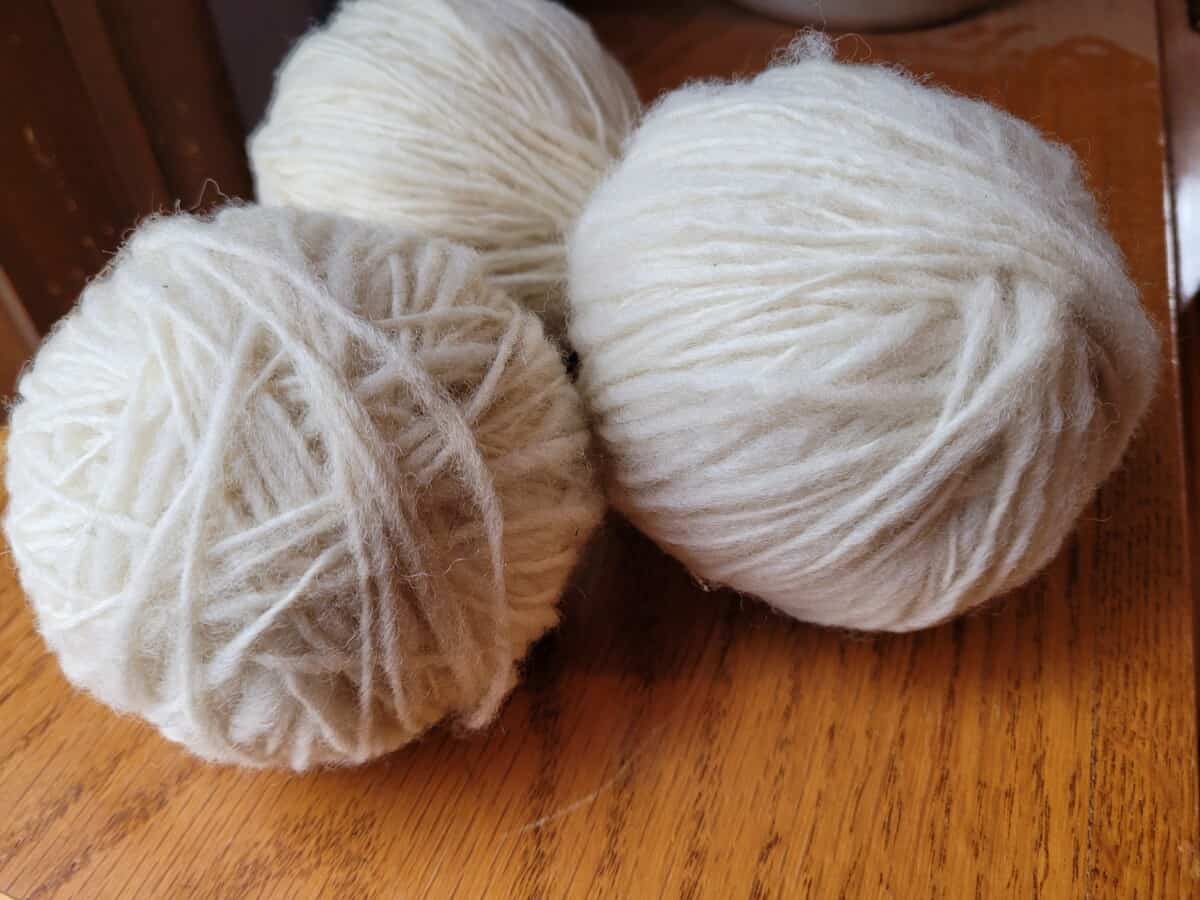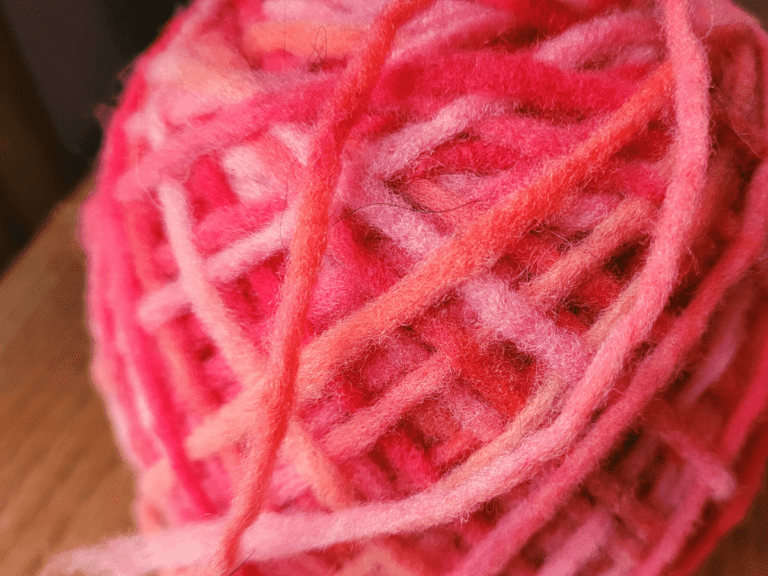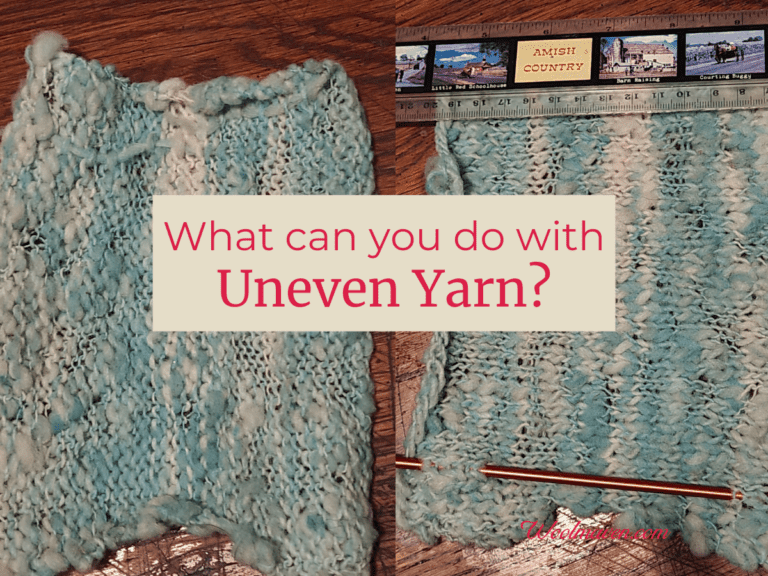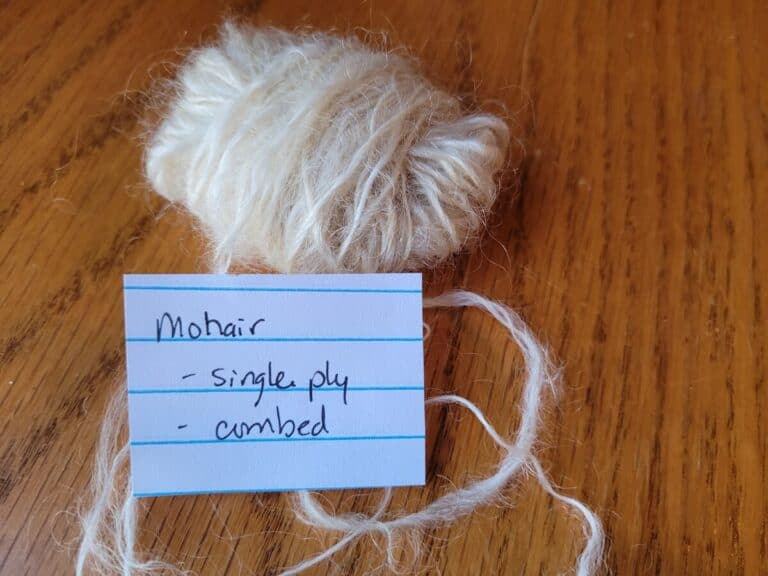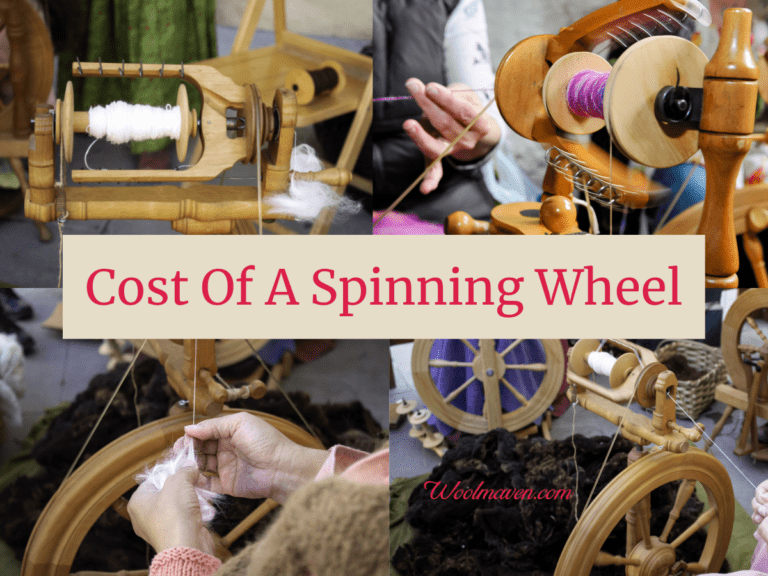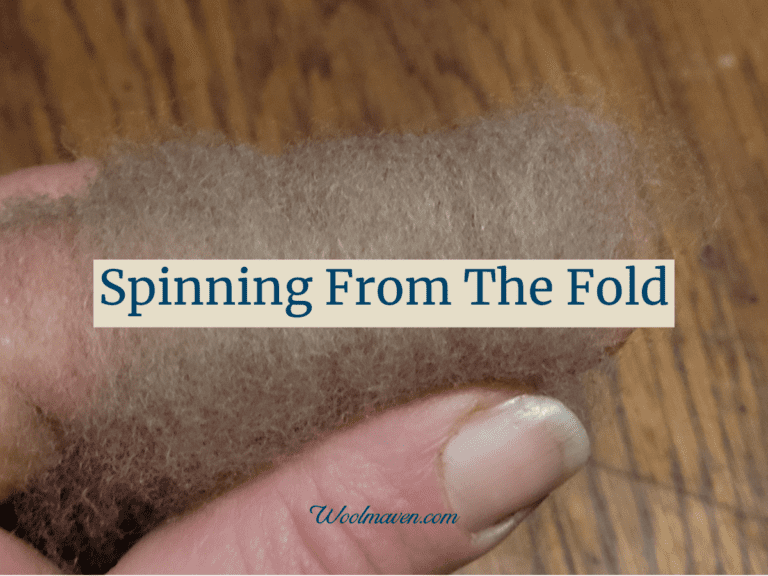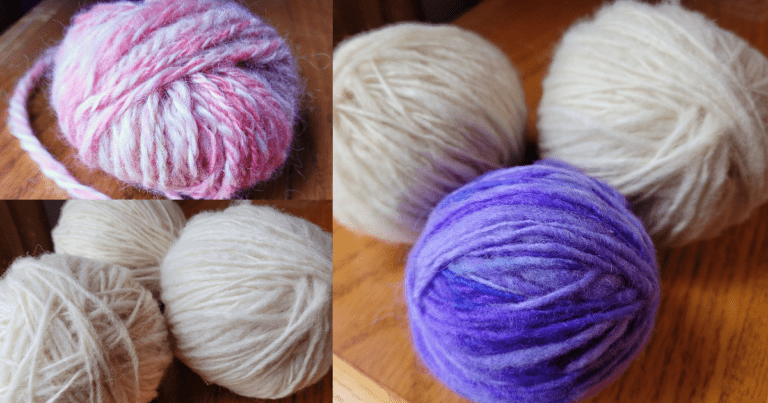What Is The Easiest Way To Handspin Yarn?
Thinking about getting into handspinning yarn? Handspinning is fun and relaxing, not to mention all of the really neat yarns you can make!
Once you decide to jump into handspinning, the next question is where to start.
Since you are starting out as a total beginner, you might as well make it easy! What’s the easiest way to handspin yarn?
The easiest way to handspin yarn is to use a ready to spin, easy to work with wool (like Corriedale combed top) and spin in the worsted style.
How To Choose Wool That You Will Like To Spin gives you tips on selecting wool that matches your project and your abilities!
Wondering what wools you should start off with? Here’s my list of easy to use and easy to source wools, perfect for beginners!
Easy handspinning combines easy technique and easy fiber
The easiest way to handspin is going to be to use a combination of the easiest to use spinning style and an easy to use spinning fiber.
The easiest way to handspin yarn is worsted style
The easiest way to start handspinning is to spin yarn in a worsted style.
By worsted style I mean that you are using fibers that are lined up to go onto the bobbin like a river and you are going to be drafting (pulling them out thinner) with a short forward or backward motion.
Is Merino Hard To Spin? goes over tips for working with this wonderful wool!
When you spin worsted, you are keeping the twist from the wheel in the yarn as you draft out the fiber then you let the twist down into the drafted fiber.
You’ll be controlling the travel of the twist by pinching your fingers to stop the twist from moving into your fiber supply, the fiber supply is the unspun wool you are holding in your non pinching hand.
Next, you move the pinch back to the end of the drafted section which lets a new section of yarn twist while you draft out more fiber.
Really, that’s all there is to working your hands in worsted spinning. Of course, you’ll be treadling too, but as long as you go slow and steady with your feet, you just need to pay attention to your hands.
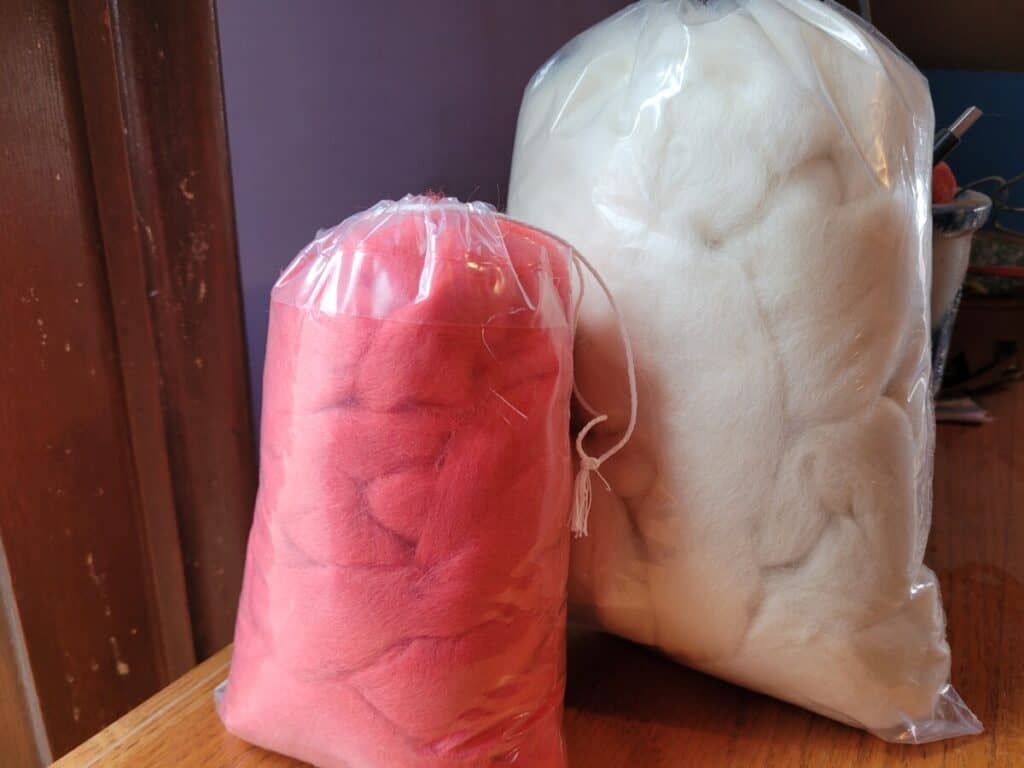
This post contains affiliate links, which means I receive commissions if you choose to purchase through links I provide (at no extra cost to you).
The easiest fiber to use is Corriedale roving or top
Now that you have an idea of which spinning style will be the easiest to learn, what fiber should you be working with and why? Well, as you can tell from the heading, the best fiber for beginners is Corriedale.
Corriedale is easy to work with, fairly easy to find, has a nice feel to it, meaning that it is soft to work with but not so soft that it is challenging, and it has a nice staple length so it’s easier for you to keep ahold of.
The two things that make Corriedale really shine are longer staple length and grip.
Staple length is a bigger deal than you would guess. It is tough to keep ahold of your fibers at first, especially until you get the feel of the correct tension and uptake for your wheel.
At least for me, the wool was always zipping right out of my hands and up into the wheel when I was first learning.
Now I know that I was using the wrong type of wool for a beginner, it was too short, and of course, I had the tension set wrong.
I was making things harder on myself than they needed to be by using short staple wool. Learning with something like Corriedale would have made my first few weeks of spinning less frustrating!
The second aspect of Corriedale that is beginner friendly is that it seems to have a bit of grip, meaning it hold itself together somewhat rather than slips right through your fingers.
Any wool that feels silky is going to have very little grip, so it will more easily slip out of your hands as you spin. As you get better, you’ll be able to work with silky or lustrous wool, for now, stick to Corriedale.
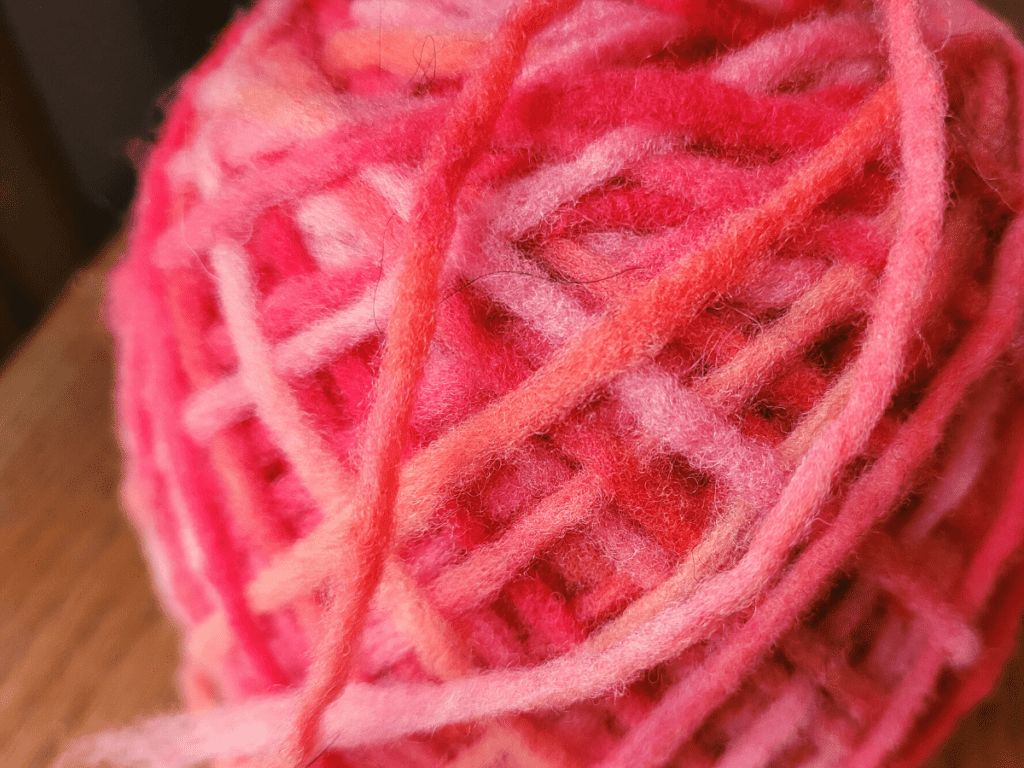
If you have trouble drafting, use pencil roving
If you have trouble with the drafting part of spinning, meaning you tend to have your biggest challenge with pulling the fiber thin enough to spin, consider using pencil roving as you spinning fiber.
Pencil roving is a ready to spin fiber that is super thin, not so shockingly, about the diameter of a pencil or maybe even a bit thinner! Sometimes pencil roving even looks like worsted weight yarn without twist!
The beauty of using pencil roving is that you can spin it, as is, no drafting needed!
This would give you the chance to practice with your treadling and your fingers, holding and moving the pinch, without the added step of drafting out the fibers.
Pencil roving is basically almost done for you yarn, you just need to twist it. It doesn’t get much easier than that!
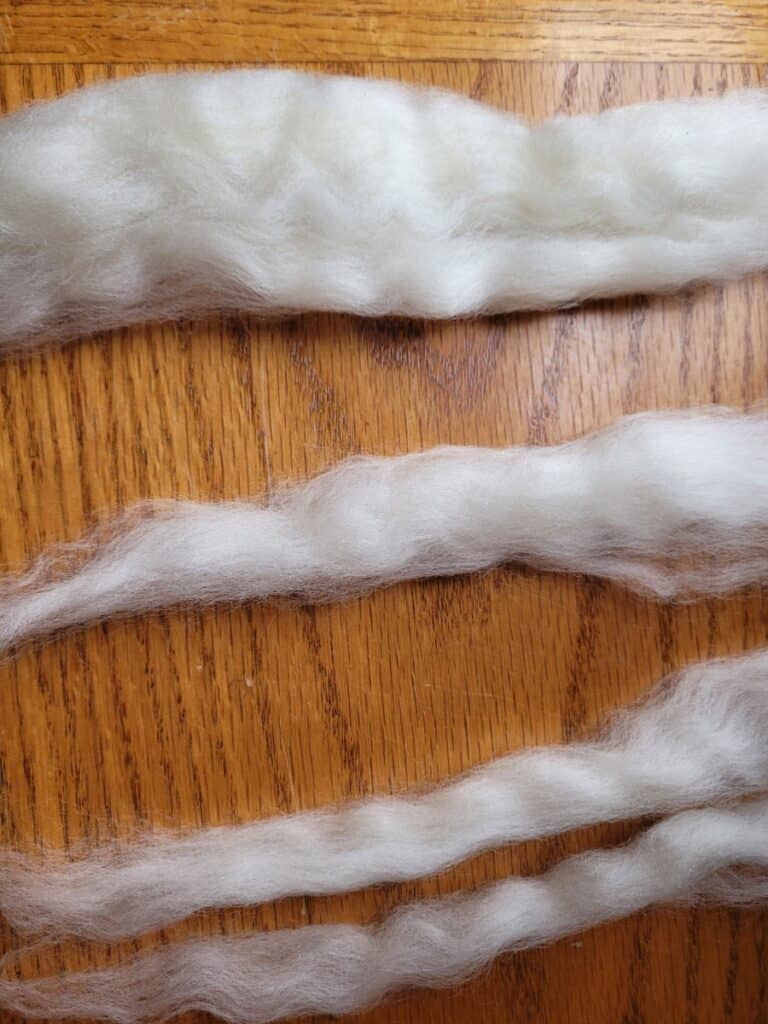
Split your roving to make it more manageable
The other tip I can offer you is to spilt your roving (or, more accurately, combed top) into strips lengthwise.
It’s easy to split your roving, just take a section of roving that is about 1-1.5 feet long and pull it in half longways. You are taking the fiber and making thinner pieces, so you have less to work through at once.
Now you should have two sections of 1-1.5 foot roving. I usually split it again at least once, into 4, 6 or 8 sections, depending upon how thick the roving started out. Split yours as much as you want.
If you find that the splits (called sliver) are too thin, no problem, just put two of them together and spin off of both, it will work just fine!
You could also take a longer section of roving and make longer slivers (pronounced sly-ver). I like to keep them 1-1.5 feet so they don’t drag the ground.
For some reason, the roving doesn’t stay in my lap well, so I keep it shorter. If you want a longer sliver, give it a shot and see if that will be more to your liking.
I have to admit, a longer would mean less joining, but it also means more fiber to manipulate, so it’s a trade off!
The Woolery has an article on How To Get Started With Spinning, which has some great suggestions for both equipment and fiber that will be ideal for beginners.
Want the simple answer? Get my list of easy to spin wools, they’re perfect for beginners and will get you started off right!

